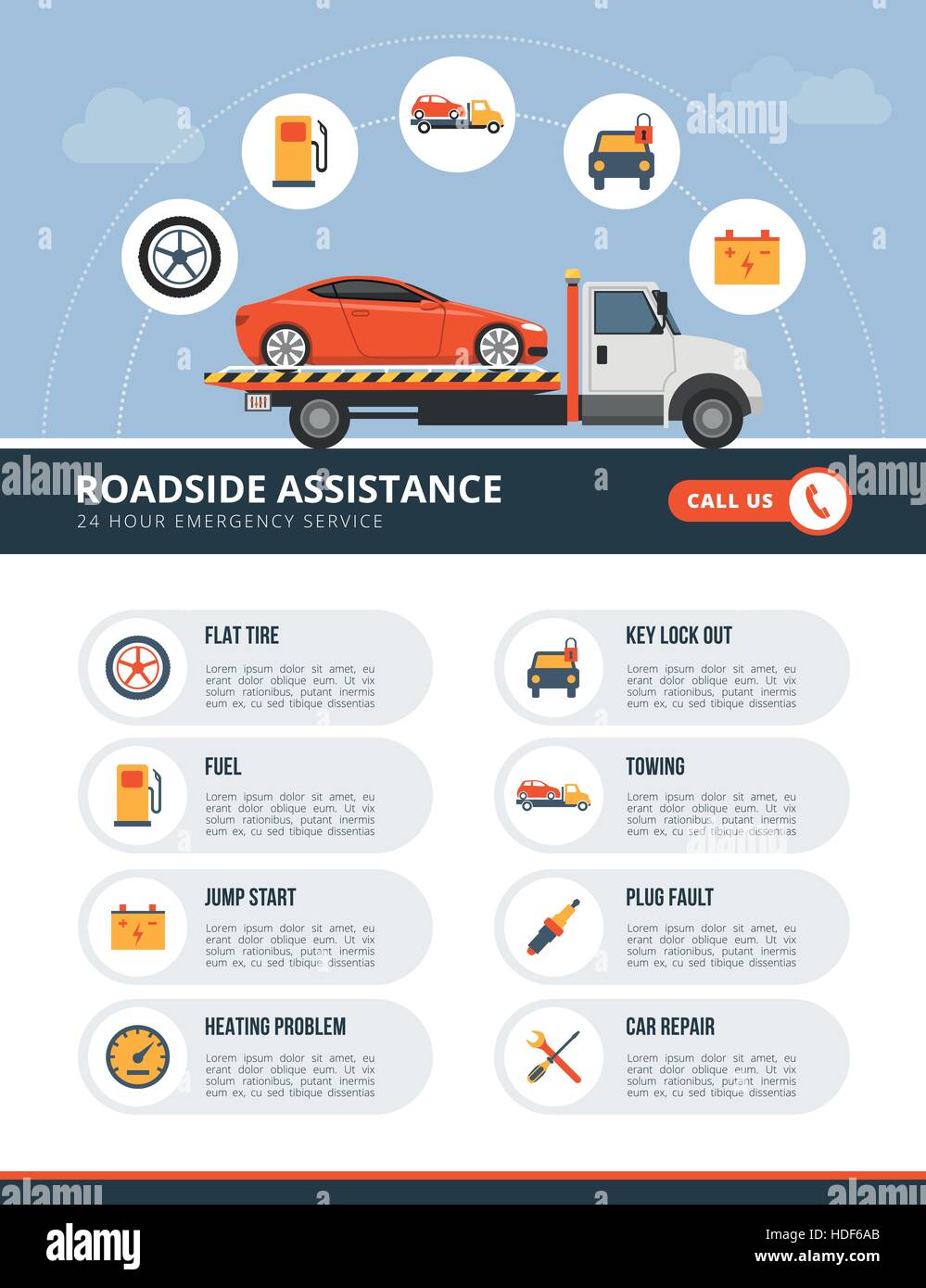When you're behind the wheel, those glowing warning lights on your dashboard can be a bit complicated. Do you recognize what they're trying to inform you regarding your vehicle's health? Comprehending the relevance of these lights is important for your safety and security and the durability of your vehicle. So, the following time one of those lights appears, wouldn't you want to decipher its message precisely and take the required steps to resolve it?
Common Warning Lighting and Interpretations
Recognize typical warning lights in your car and recognize their meanings to make certain secure driving.
One of the most common caution lights consist of the check engine light, which signals issues with the engine or discharges system. If this light begins, it's vital to have your automobile checked quickly.
The oil pressure warning light indicates reduced oil stress, needing prompt interest to avoid engine damages.
A flashing battery light could suggest a damaged billing system, possibly leaving you stranded if not resolved.
The tire pressure monitoring system (TPMS) light notifies you to low tire pressure, affecting lorry security and gas effectiveness. Overlooking this might cause unsafe driving problems.
The abdominal light indicates a problem with the anti-lock stopping system, endangering your capacity to stop promptly in emergencies.
Lastly, the coolant temperature alerting light warns of engine getting too hot, which can cause extreme damages otherwise settled swiftly.
Recognizing these typical caution lights will aid you deal with issues promptly and maintain risk-free driving problems.
Relevance of Prompt Interest
Recognizing the common caution lights in your car is just the very first step; the importance of quickly attending to these cautions can't be emphasized enough to ensure your safety on the road.
When a warning light brightens on your control panel, it's your vehicle's means of interacting a potential problem that requires interest. Neglecting these cautions can bring about a lot more severe problems down the road, endangering your safety and security and possibly costing you a lot more out of commission.
Trigger focus to cautioning lights can prevent malfunctions and crashes. For example, a flashing check engine light can indicate a misfire that, if left unattended, can cause damage to the catalytic converter. Addressing Recommended Web site can conserve you from a costly repair service.
In a similar way, a brake system alerting light could signify reduced brake fluid or worn brake pads, vital elements for your security when driving.
Do It Yourself Troubleshooting Tips
If you see a caution light on your dashboard, there are a few do it yourself fixing ideas you can try prior to looking for expert help.
pro detailing auckland is to consult your car's handbook to understand what the details caution light indicates. Sometimes boat grooming can be as easy as a loose gas cap causing the check engine light. Tightening the gas cap may deal with the trouble.
One more typical issue is a low battery, which can trigger various cautioning lights. Examining the battery links for deterioration and ensuring they're safe might fix the problem.
If a caution light continues, you can try resetting it by separating the auto's battery for a few minutes and afterwards reconnecting it. Additionally, checking your car's fluid levels, such as oil, coolant, and brake liquid, can assist fix advising lights associated with these systems.
Verdict
In conclusion, recognizing your auto's warning lights is necessary for keeping your automobile running smoothly and safely. By without delay dealing with these alerts and recognizing what they imply, you can prevent pricey fixings and possible break downs.
Keep in mind to consult your automobile's guidebook for particular details on each alerting light and do something about it accordingly to guarantee a trouble-free driving experience.
Remain informed, remain safe when driving!
